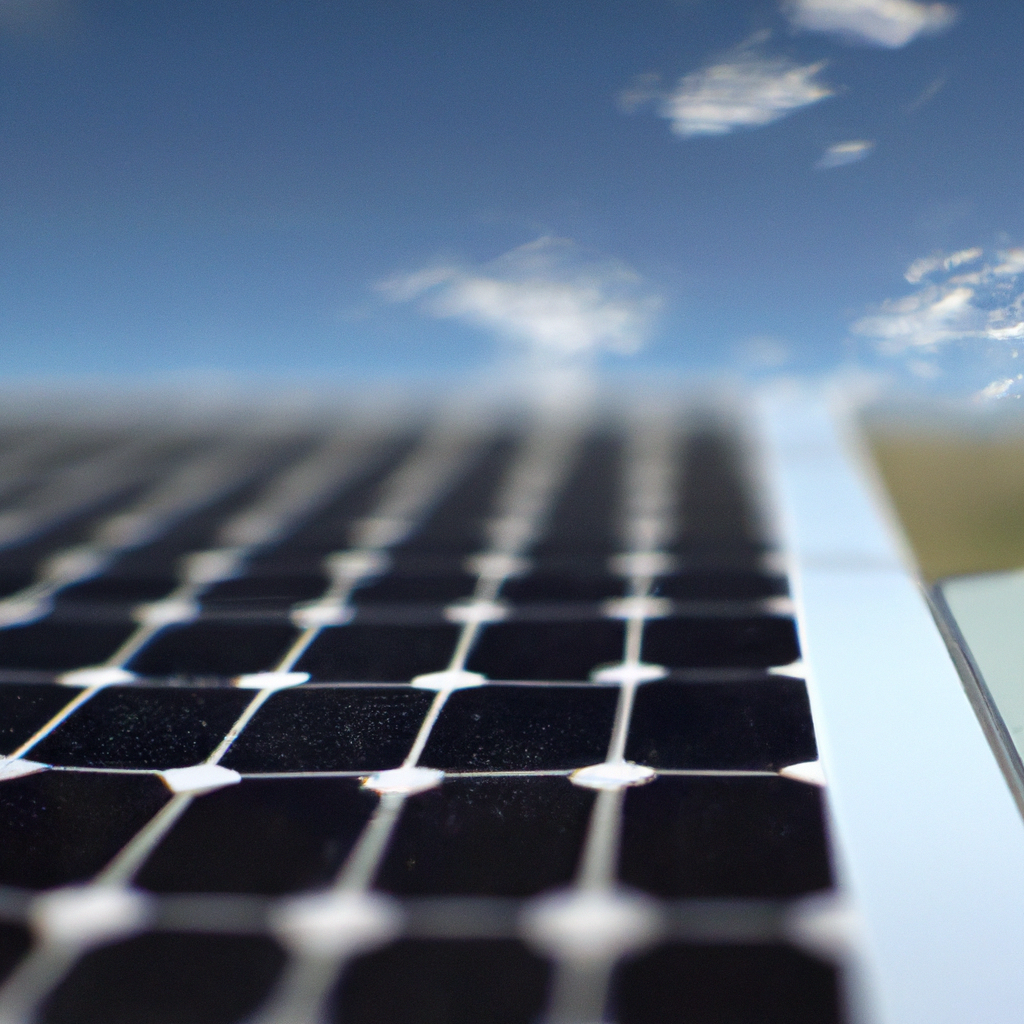Photovoltaic cells, also known as solar cells, are a crucial component of solar technology. These cells convert sunlight into electrical energy, making them critical for the production of renewable energy. In this article, we will explore how photovoltaic cells work.
What is a Photovoltaic Cell?
A photovoltaic cell is a device that converts sunlight directly into electricity. It is made up of two or more layers of semiconductor material, usually silicon. When sunlight hits the cell, it causes an electrical current to flow between the layers of material. This current is then collected and used as electricity.
How Does a Photovoltaic Cell Work?
To understand how a photovoltaic cell works, we need to take a closer look at the layers of material that make up the cell. The top layer is usually made of a thin film of silicon, which is a semiconductor material. It is doped with impurities to create a p-n junction, which is a boundary between two different types of silicon. This p-n junction is what allows the cell to generate electricity.
When sunlight hits the cell, it causes the electrons in the silicon to become excited and move around. The p-n junction creates an electric field, which causes these excited electrons to flow in a specific direction. This flow of electrons is what generates the electrical current.
The electrical current generated by the cell is direct current (DC), which means that it flows in one direction. However, most of the devices we use in our daily lives require alternating current (AC). To convert the DC into AC, we need to use an inverter.
The inverter is a device that converts the DC electricity generated by the photovoltaic cell into AC electricity that can be used by our homes and businesses. The inverter also regulates the voltage and frequency of the electricity to ensure that it is safe and efficient.
Advantages of Photovoltaic Cells
There are several advantages of using photovoltaic cells to generate electricity. One of the most significant advantages is that they produce clean energy. Unlike fossil fuels, which produce greenhouse gases and contribute to climate change, solar energy is a renewable and clean source of power.
Another advantage of photovoltaic cells is that they require very little maintenance. Once installed, they can last for decades with minimal upkeep. This makes them a cost-effective option for generating electricity in the long run.
Photovoltaic cells are also very versatile. They can be used in a variety of settings, from small solar panels on rooftops to large-scale solar farms. This versatility makes them an excellent option for both residential and commercial use.
Conclusion
In conclusion, photovoltaic cells are a critical component of solar technology. They convert sunlight into electrical energy, which can be used to power homes, businesses, and other devices. By harnessing the power of the sun, we can generate clean and renewable energy, reducing our reliance on fossil fuels and combating climate change. With continued advancements in solar technology, we can expect to see an increase in the use of photovoltaic cells and other solar-powered devices in the years to come.







